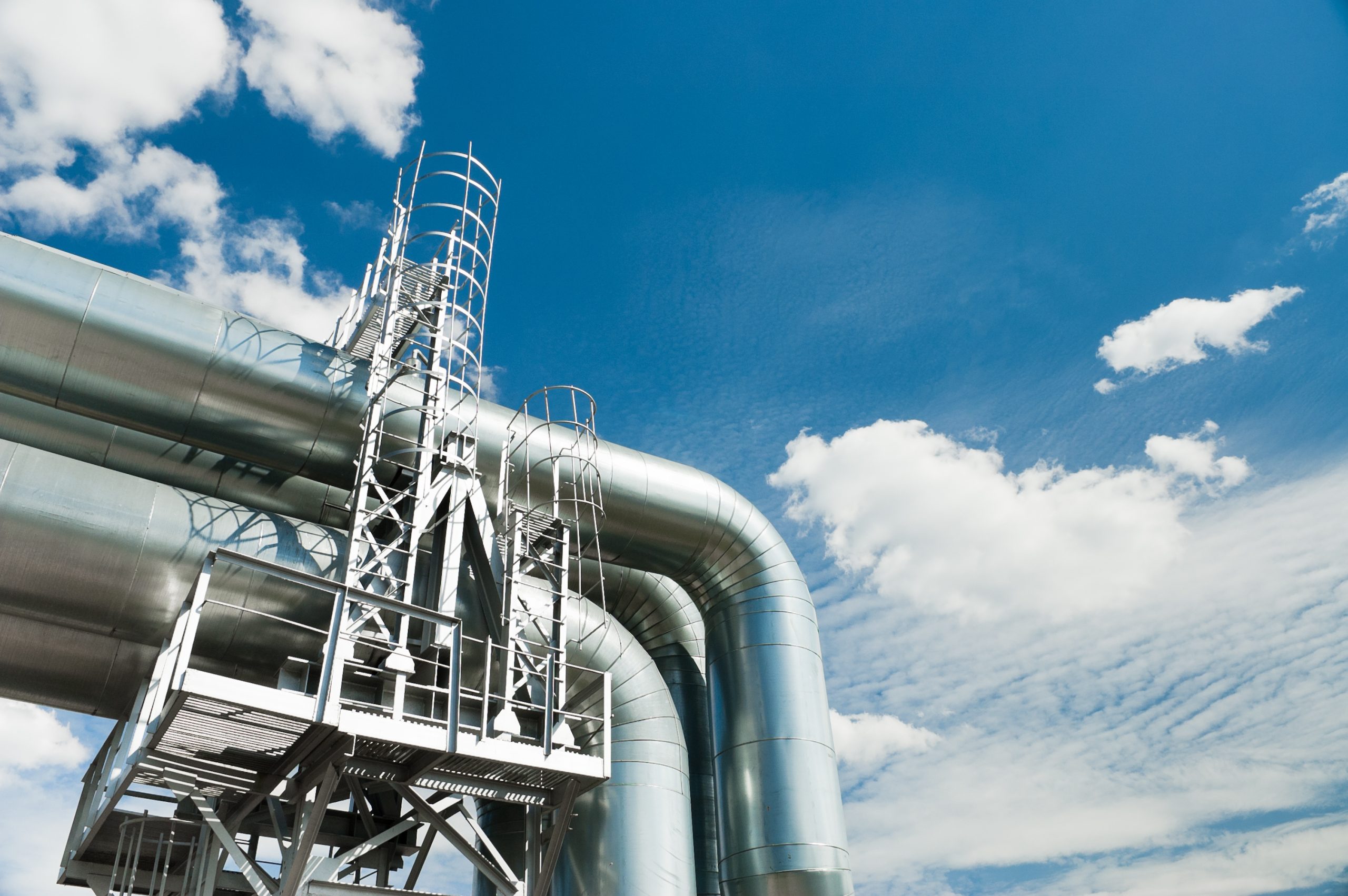Tubing Breakthrough Achieves Rapid Liquid Hydrogen Flow

An aerospace engineering research and development company has made an innovation to reduce the 50-70% hydrogen lose that occurs during tank-to-tank transfer.
Gloyer-Taylor Laboratories, Inc (GTL) provides tubing that provides as much as ten times less thermal mass than metal tubing.
NASA has found when transferring liquid hydrogen (LH2) from a delivery or storage tank to another tank that they lose 50 – 70% of the hydrogen to boil-off.
A few of the biggest refuelling challenges are the lengthy cool-down times needed to get LH2 to the fuel tank and wasted fuel due to hydrogen boil-off.
Now, a first of its kind results from a NASA SBIR programme show GTL’s composite tubing can reduce the chill-down time, hydrogen boil-off, as well as the dry mass of cryogenic fluid transfer lines.
A development with multiple applications
GTL first developed BHL technology for cryo-tank applications but it also works exceptionally well for transfer lines, tubes and pipes, providing up to ten times lower thermal mass than metal tubing.
In a recent series of tests, GTL demonstrated the feasibility of these pipes in quickly reaching 20°K and beginning the flow of liquid hydrogen within two seconds.
This means that once integrated into operational systems, an aircraft could fill its LH2 tanks in minutes rather than hours and easily manage the small amount of hydrogen that is boiled off during fill operations, significantly reducing fuel costs and increasing operational safety.
“We are thrilled with our team’s efforts to test and validate our BHL technology and its demonstrated ability to outperform conventional metal transfer lines for both mass and boil-off characteristics,” said GTL President, Paul Gloyer.
“We first had strong results with our tank technology and now we have tubes that demonstrate fast fill and refill capabilities. The ultralight weight BHL technology being used/validated in this effort marks another key milestone in our efforts to advance hydrogen-powered innovation and vehicles.”
Confirmed and validated
Looking closer at the results, the SBIR effort tested a series of lightweight BHL composite tubes along with equivalent metal tubing.
The tests confirmed and validated the enhanced thermal properties of BHL tubes and demonstrated that GTL’s BHL composite tubes chilled down approximately ten times faster than equivalent stainless-steel tubing.
The combination of a significant reduction in thermal mass and enhanced heat transfer properties achieved this improvement. With this technology, LH2 boil-off during transfer can be significantly reduced, opening the door to practical no-vent filling of LH2 tanks for aircraft, trucks and spacecraft.
GTL’s breakthrough is scalable
The Phase II effort also verified the scalability of the BHL tubes and demonstrated the capability to build tubes with a range of diameters and lengths. The effort also demonstrated the capability to create tube bends and accommodate tube flexure.
As part of the effort, GTL fabricated flight-capable BHL tubing at the main liquid oxygen and liquid methane propellant lines for GTL’s Disruptor suborbital rocket, which successfully used a cold-flow ground test of the vehicle.

